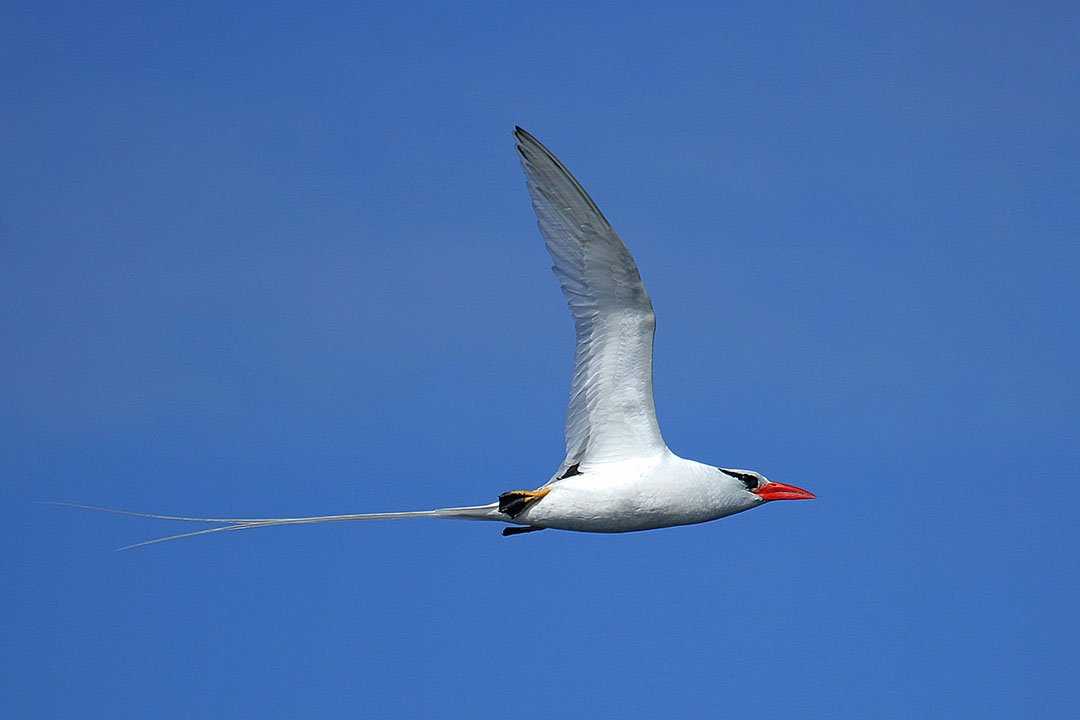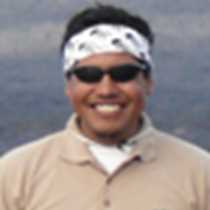Genovesa was a magical experience for a final day in the Galapagos Islands. Kayaking along the cliff side was the best way to begin our journey as we witnessed several species of seabirds flying above us. Red-billed tropicbirds, swallow-tailed gulls, great frigate birds, and Nazca boobies were among the main attractions we had during kayaking activity.
As soon as breakfast was over, Darwin bay offered us a variety of experiences during the morning hike. After a comfortable wet landing on a beautiful sandy area, we were surprised by the amount of sea birds flying overhead. In the saltbush area male frigate birds were displaying courtship behavior for the females by inflating their gular sacs. Farther along the trail the red-footed booby colonies made us feel as if we were in a bird paradise as they were found all over the mangrove area.
From adult individuals flying over the mangroves, to small little baby chicks on the nests, red-footed boobies displayed a symphony of colors all over Darwin Bay. Once we reached the farthest point of the trail we witnessed a tremendous amount of courting male frigate birds covering the saltbush area. Then we made our way backto the National Geographic Islander.
The afternoon activities were filled with several surprises. The best way to start was with a dry landing on one of the most iconic places of the Archipelago, Prince Philip Steps. From the beginning of our trek, Nazca boobies inspired us as we passed through a deep palo santo forest. Colorful Galapagos doves were the perfect companions throughout the visit as they were feeding on seeds found on the ground.
Once we reached the farthest point we started looking for the short-eared owl, which happens to live only on this island and hunts during the daytime. Individuals seen in the distance seemed to be doing their best to get storm petrels as the common prey. This was a magical way of ending our journey, and these moments will remain in our minds for a long time.







